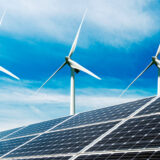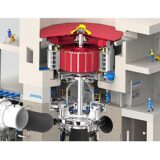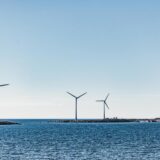
Wärtsilä and AGL unveil 250 MW energy storage system in Australia
Wärtsilä, a global technology group, and AGL Energy Limited, a top integrated energy company in Australia, have finalised the construction of the Torrens Island Grid Scale battery energy storage system (ESS). Located in South Australia, this 250-megawatt (MW)/250 megawatt-hour (MWh) ESS stands as Australia’s second-largest operational battery.
This initiative marks a significant stride toward Australia’s renewable energy aspirations, aligning with the nation’s decarbonisation objectives. The advanced ESS by Wärtsilä ensures a balanced energy supply from renewable sources, bolstering grid stability and reliability. The system can power roughly 75,000 South Australian homes for an hour, with potential expansion to four hours in the future.
Andrew Tang, vice president of Energy Storage & Optimisation at Wärtsilä, commented on the project’s significance in Australia’s energy transition. The Torrens Island system will initially operate in grid-following mode, with plans to shift to grid-forming mode later. While grid-following inverters rely on the grid to dictate their output characteristics, grid-forming inverters can operate independently and help stabilise or even establish a grid. This feature, supported by Wärtsilä’s GEMS Power Plant Controller, ensures rapid response times and prepares the facility for future demands.
Damien Nicks, chief executive officer at AGL, highlighted the project’s role in AGL’s broader transition strategy. “This achievement, realised in just 18 months, exemplifies the potential when government, regulators, and the private sector collaborate,” Nicks said.
Frederic Carron, vice president, Middle East and Asia at Wärtsilä, reiterated the company’s commitment to fostering a sustainable energy shift in Australia and beyond. Wärtsilä’s previous contributions in Australia include a 211 MW balancing power plant for AGL on Torrens Island and a 460 MW battery project with Origin at the Eraring Power Station in New South Wales.












.jpg)
